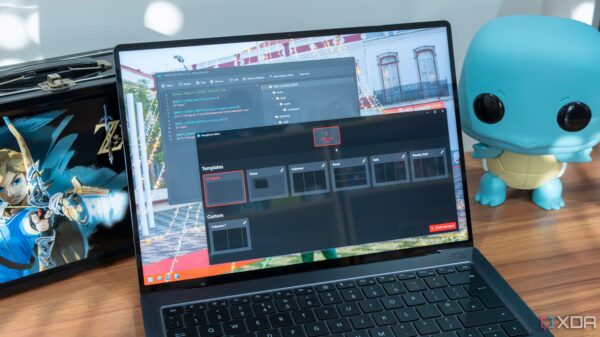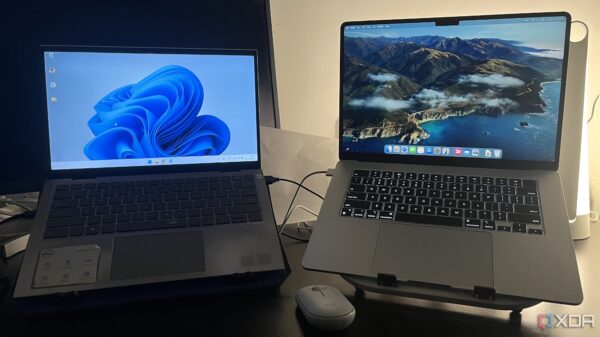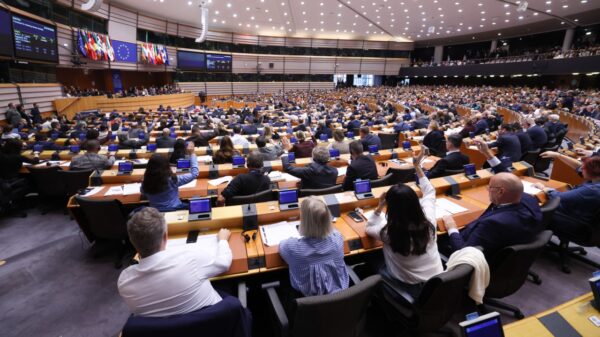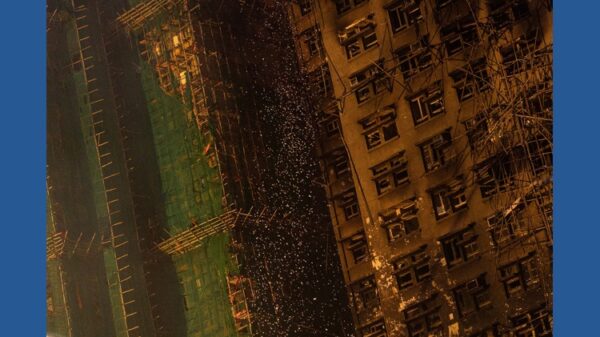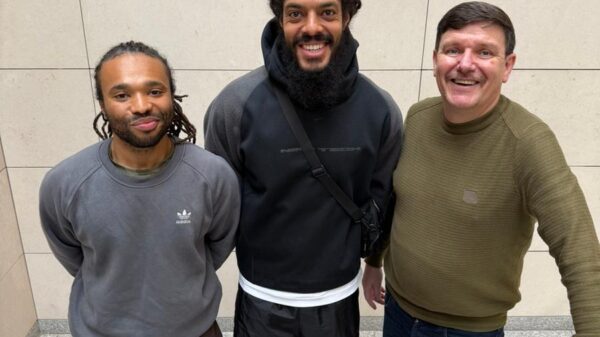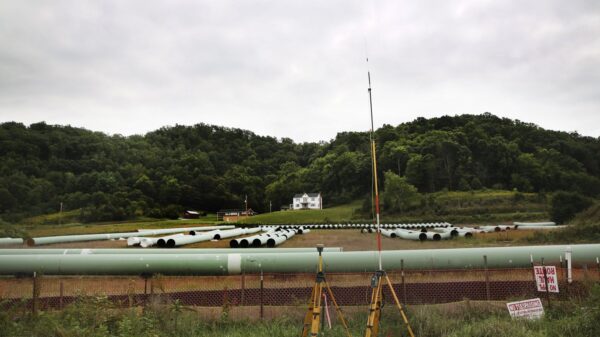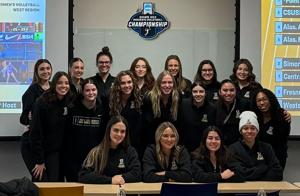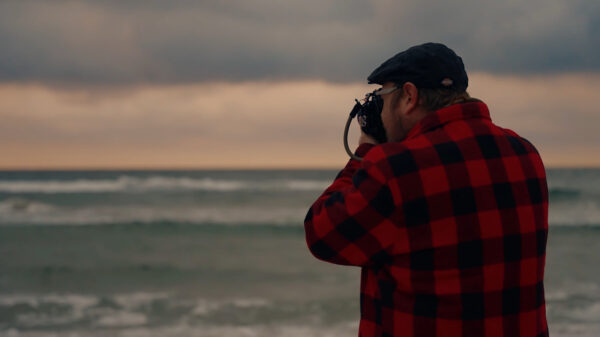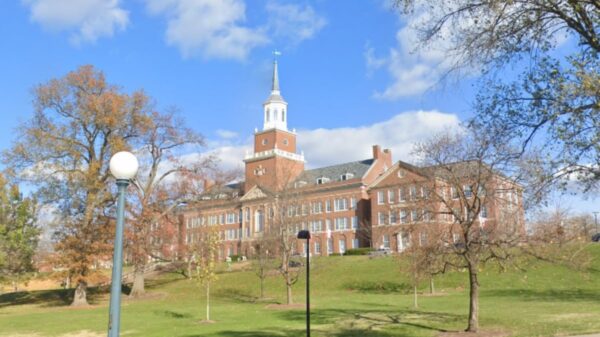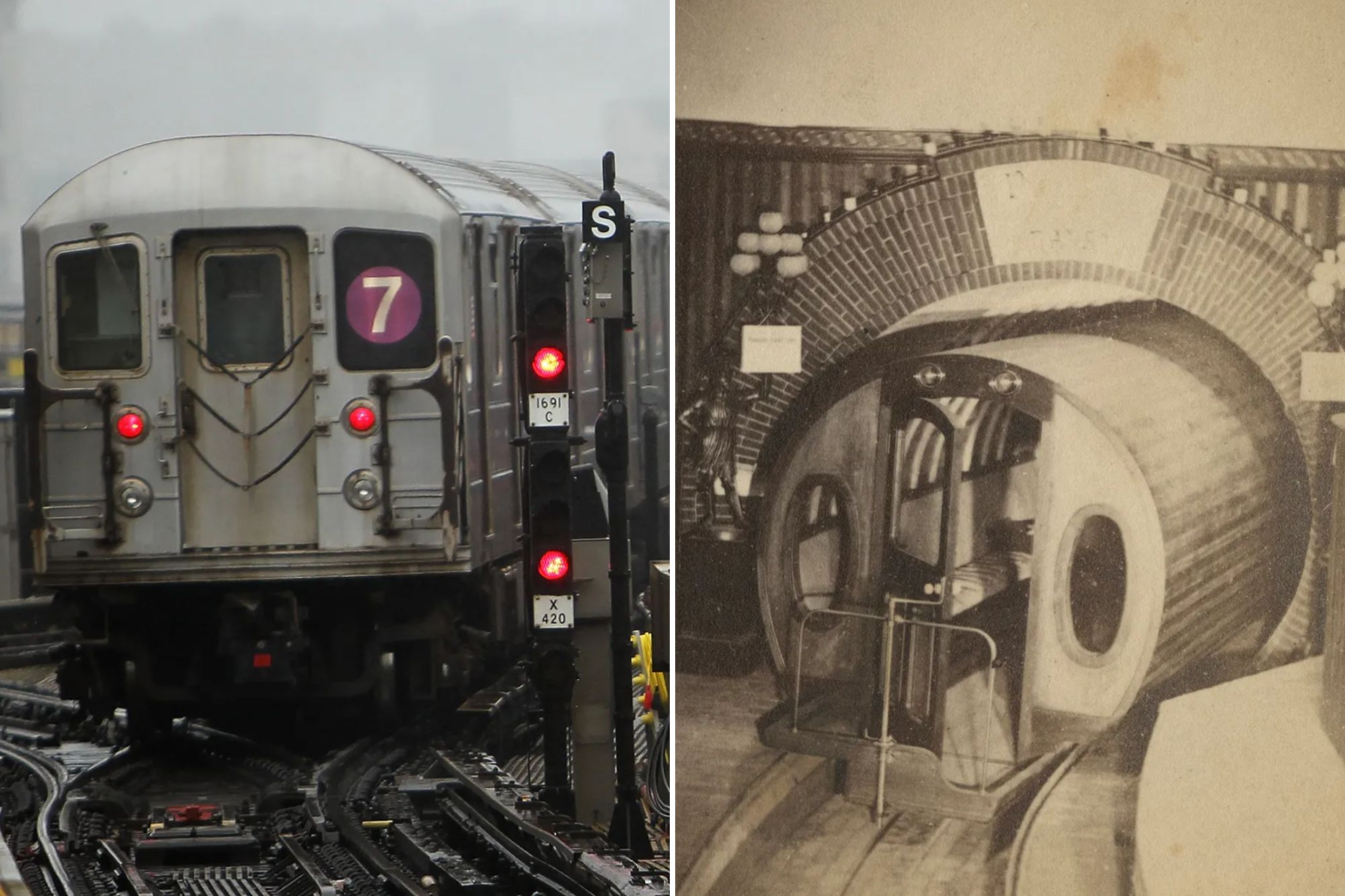On February 26, 1870, New York City witnessed a remarkable event that would remain largely hidden from the public eye. At Devlin’s clothing store in Tribeca, inventor Alfred Ely Beach hosted an exclusive gathering to unveil a clandestine pneumatic subway tunnel. This unauthorized project was not sanctioned by City Hall, which was unaware of the ambitious endeavor. Beach’s extravagant evening, dubbed the “Under Broadway Reception,” was designed to impress the city’s elite, showcasing his innovative transport solution.
Beach spared no expense in his presentation. The waiting room featured a grand piano, chandeliers, and even a water fountain filled with goldfish. The subway car itself was richly upholstered and illuminated with zirconia lights, creating an atmosphere of luxury and excitement. According to Matthew Algeo, author of *New York’s Secret Subway*, Beach aimed to leverage this spectacle to gain political support for his project. Guests were encouraged to sign petitions urging lawmakers to allow an extension of the line, and thousands complied.
Initially, Beach had convinced officials that he was constructing a modest mail tube. In reality, he had excavated an eight-foot-wide, approximately 300-foot tunnel directly beneath Broadway. He believed that demonstrating a working subway would be more persuasive than seeking prior approval. Algeo notes, “It was intended merely to demonstrate the viability of his scheme—a proof of concept.”
Yet, Beach faced significant opposition. Powerful interests, including stagecoach and horse-drawn streetcar operators, were determined to thwart his plans. Political leaders, such as Boss Tweed, were reportedly bribed to prevent the subway’s expansion. Despite this, Beach endeavored to create a transportation experience that would win public favor.
The pneumatic subway he presented was notably cool, quiet, clean, and comfortable, contrasting sharply with the slow and dirty omnibuses and streetcars of the time. Beach’s strategy was straightforward: let New Yorkers experience the subway and allow their enthusiasm to influence politicians. He was so committed to this vision that he risked his reputation and fortune to make it a reality.
As Beach’s demonstration progressed, concerns arose regarding the structural integrity of the street above. Reports indicated the pavement was sinking by approximately nine inches, alarming contractor Charles Guidet, who had recently repaved Broadway. Guidet alerted the mayor, who shared his observations and urged an investigation. Beach, however, denied access, insisting officials had “no right to interfere.”
Ultimately, the project did not advance beyond this initial demonstration. Despite petitions and media coverage, the alliance of streetcar interests and City Hall stifled Beach’s ambitions. His attempts to extend the line were thwarted, and he never realized his vision of a fully operational subway system. Beach’s efforts did not go entirely unrewarded, as he did manage to draw attention to the potential of underground transit.
New York City would not see an official subway until October 27, 1904, when the first line opened. Lower Broadway did not witness a subway system until 1918, illustrating the challenges of urban infrastructure development. Beach’s experience serves as a reminder of the political hurdles that often impede progress, echoing contemporary struggles with large-scale infrastructure projects.
Algeo draws a comparison between Beach’s pneumatic subway and modern endeavors like Elon Musk’s Hyperloop. Both concepts revolve around the allure of fast, efficient transport, yet the technological demands of the Hyperloop are significantly more complex. Beach successfully created a working model, while Musk has yet to deliver a fully operational version of his vision.
The legacy of Alfred Ely Beach’s secret subway underscores the intricate relationship between innovation and politics. His story highlights how public enthusiasm can clash with established interests, often determining the fate of transformative ideas in the realm of urban transport.


